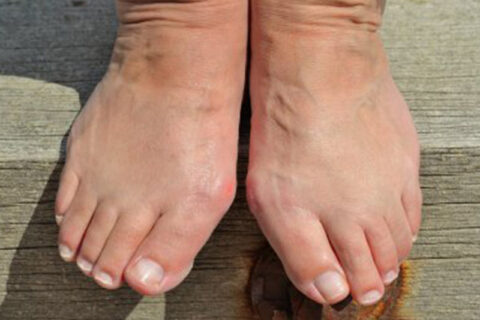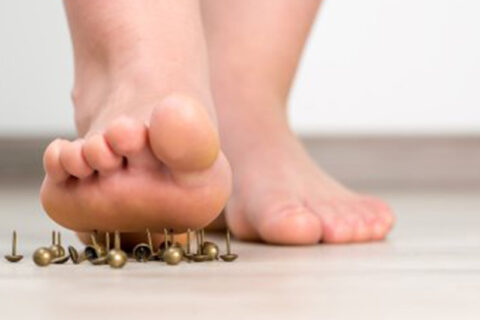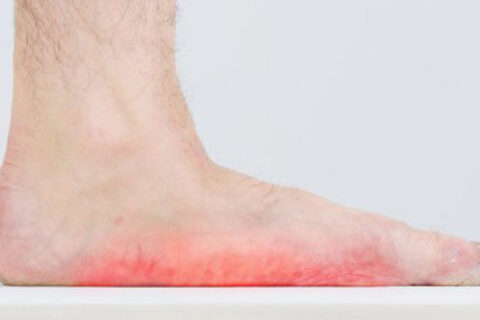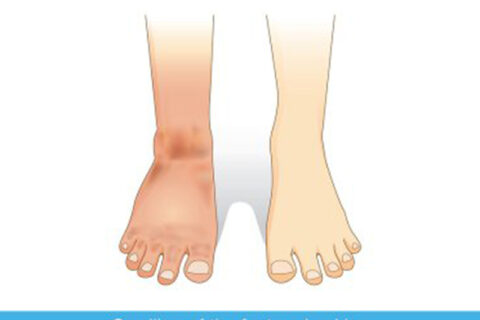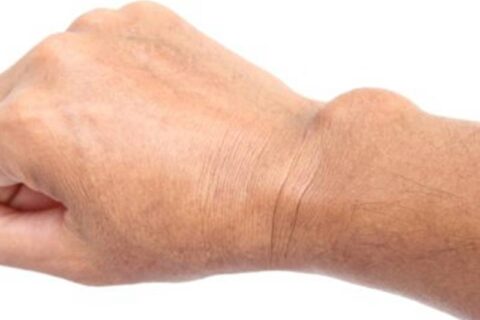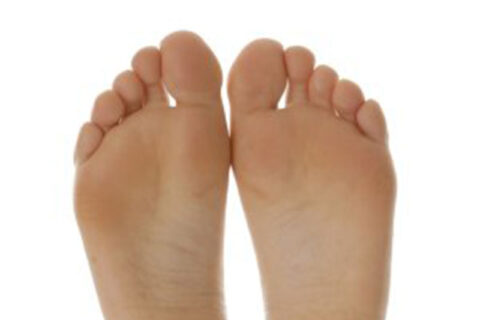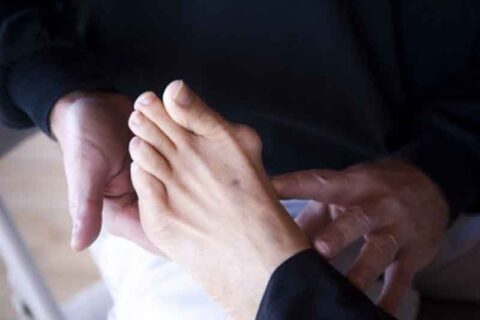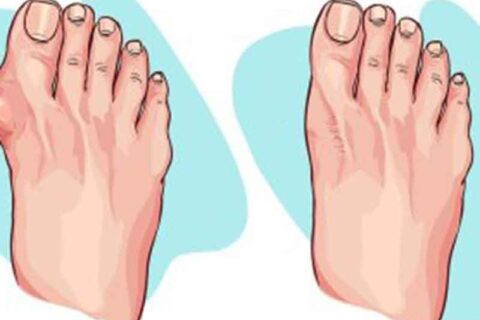Category: Ganglion Cyst
Bunions can be quite frustrating for patients, especially when they’ve already had bunion surgery once. It isn’t uncommon for initial bunion…
Foot and ankle injuries can range from mildly uncomfortable to painfully debilitating. If you have a serious foot or ankle injury, it’s advisable…
Sesamoids are unusual bones because they aren’t connected to any other bone at a joint. Instead, they are either ensconced within muscle or…
If you’re experiencing toe pain, then your podiatrist near Sugar Land may diagnose you with gout. Resulting from a buildup of uric acid, gout is…
Pregnancy causes changes to all parts of your body, including your feet and ankles. There are a number of different complaints women have about…
People with diabetes have an enormously high risk of foot problems, including neuropathy and ulcers that can lead to amputation. A foot…
Ganglion cysts are masses of tissue that contain a gelatinous substance and appear like a knot below the surface of the skin. They are the most…
Ganglion cysts are fluid-filled masses that can cause discomfort. Although ganglion cysts most commonly appear on the wrists and hands, they can and…
Bunions are painful protrusions that appear on the side of the foot on the joint where the big toe meets the foot base. Although bunions may only be…
If you’re looking for ways to reduce your foot pain, then you may benefit from bunion surgery near Sugar Land . When left untreated, bunions can…
